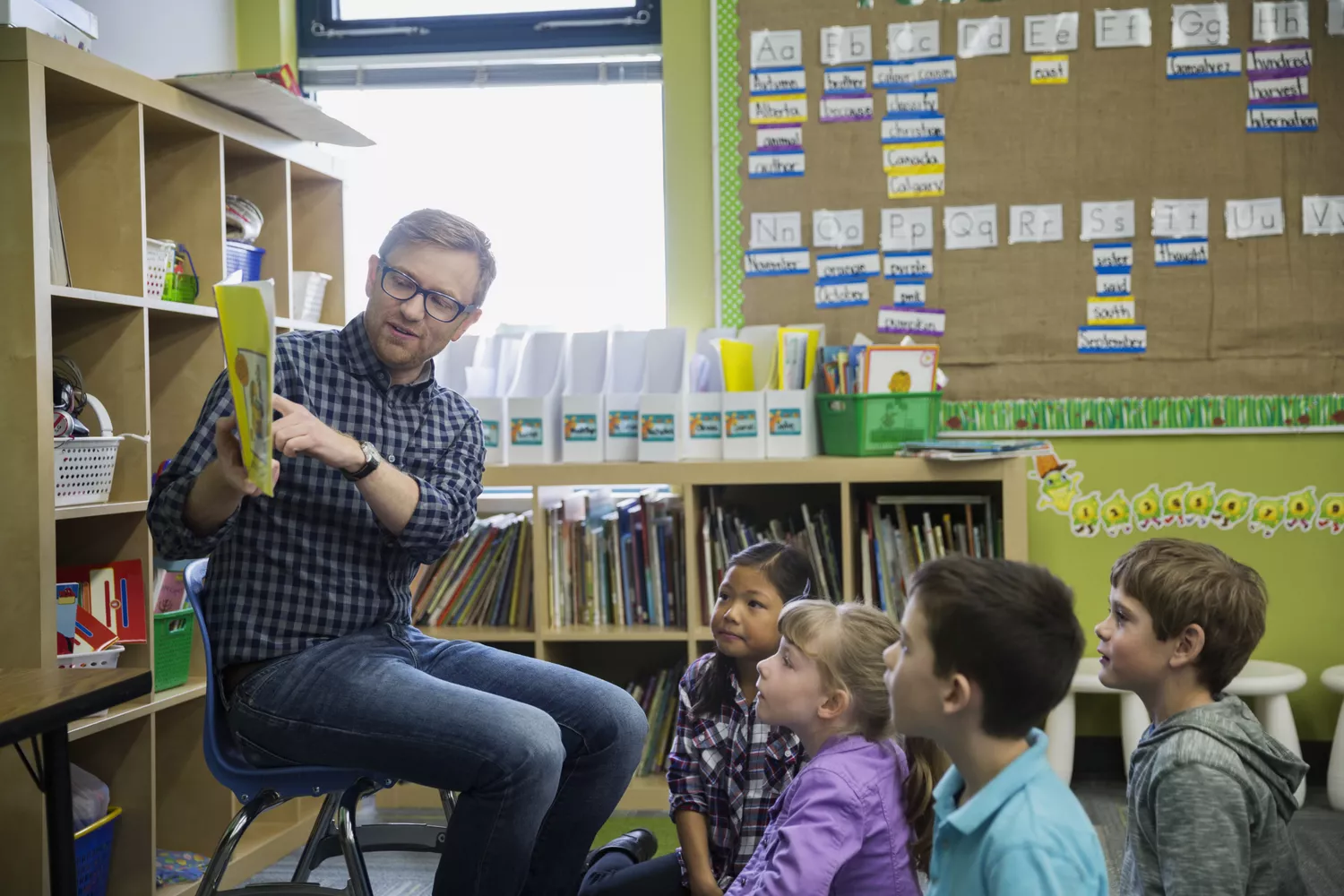
Microteaching is a teacher training technique that enables trainee instructors to practice and improve their teaching abilities in a low-risk, simulated class environment. The technique, likewise utilized for retraining or fine-tuning the skills of practicing instructors, was established in the late 1950s and early 1960s by Dwight Allen and his colleagues at Stanford University.
How Microteaching Works
Microteaching sessions involve one trainee teacher, the class instructor (or school manager), and a small group of peers. These sessions enable trainee instructors to practice and polish their teaching strategies in a simulated environment before putting them into practice with students. Trainee teachers conduct a short lesson (usually 5 to 20 minutes in length) and then get feedback from their peers.
Later methods of microteaching evolved to include videotaping sessions for review by the student instructor. The teaching technique was revised and simplified in the late 1980s and early 1990s for usage in other countries that lacked access to innovation.
Microteaching sessions concentrate on one teaching ability at a time. Trainee teachers turn through the functions of teacher and student in small groups of 4 to 5 teachers. This singular focus provides the chance for student instructors to master each strategy by planning and teaching the same lesson numerous times, making modifications based upon peer and instructor feedback.
Benefits of Microteaching
Microteaching supplies continuous training for trainee teachers and re-training for class teachers in a simulated environment. These session make it possible for trainee teachers to best their teaching methods before using them in the classroom.
Microteaching sessions also allow student instructors to prepare for a range of class circumstances, consisting of dealing with students of different skill levels and backgrounds. Last but not least, microteaching offers important chances for self-evaluation and peer feedback.
Drawbacks of Microteaching
Microteaching is considered one of the most efficient methods for teacher training, however it does have a few downsides. Most considerably, microteaching needs the presence of an instructor and a group of peers, which indicates that not all student instructors (or existing instructors) can consistently complete microteaching sessions.
Ideally, microteaching sessions are duplicated numerous times so that the student teacher can improve their skills. Nevertheless, in larger education programs, there may not be time for all trainee teachers to finish several sessions.
The Microteaching Cycle
Microteaching is accomplished cyclically, enabling student instructors to practice brand-new abilities in order to attain mastery.
Class Instruction
Initially, trainee instructors learn the essentials of a specific lesson through lectures, books, and demonstration (through an instructor or video lessons). Skills studied consist of interaction, description, lecturing, and appealing trainees. They might also consist of company, illustrating lessons with examples, and addressing trainee questions.
Lesson Planning
Next, the trainee teacher plans a brief lesson that will allow them to practice these brand-new abilities in a mock class scenario. The class environment is simulated, trainee teachers need to consider their discussion a real lesson and present it in an appealing, logical, and reasonable way.
Teaching and Feedback
The student teacher conducts the lesson for their trainer and peer group. The session is recorded so that the trainee instructor can view it later for self-evaluation. Instantly following the microteaching session, the student teacher gets feedback from their trainer and peers.
Peer feedback needs to specify and balanced (consist of observations on strengths in addition to weak points) with the goal of helping the student instructor improve. It’s helpful for peers to focus on their personal experience utilizing “I” declarations and to offer particular detail in their feedback.
For example, when providing useful criticism, “I had difficulty hearing you at times” is more helpful than “You need to speak louder.” When using appreciation, “I felt great commenting since you made eye contact with me” is more handy than “You engage well with students.”
Re-plan and Reteach
Based upon peer feedback and self-evaluation, the student instructor plans the very same lesson and teaches it a second time. The goal is to integrate feedback from the first microteaching session to master the ability being practiced.
The second mentor session is likewise taped. At the conclusion, the instructor and peers offer feedback, and the trainee instructor can view the recording for self-evaluation.
Microteaching often results in better-prepared, more confident instructors with a strong working understanding of the skills they need in the class.




